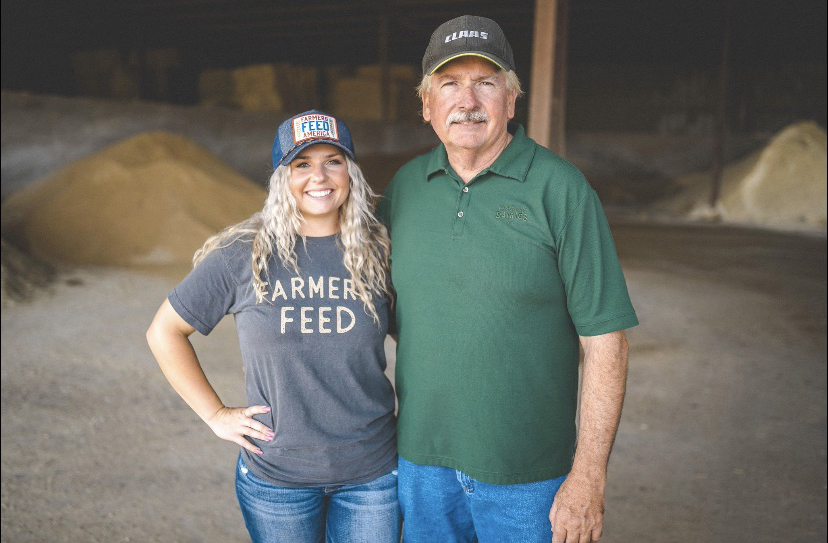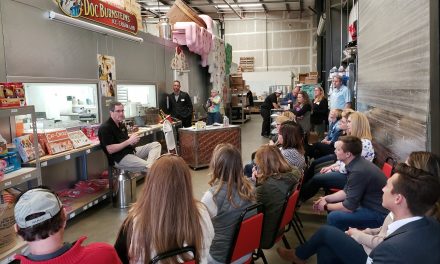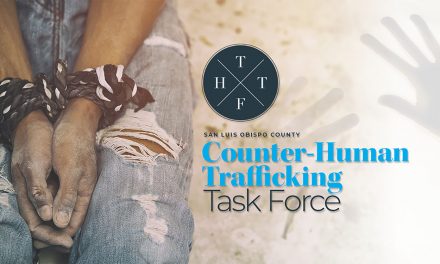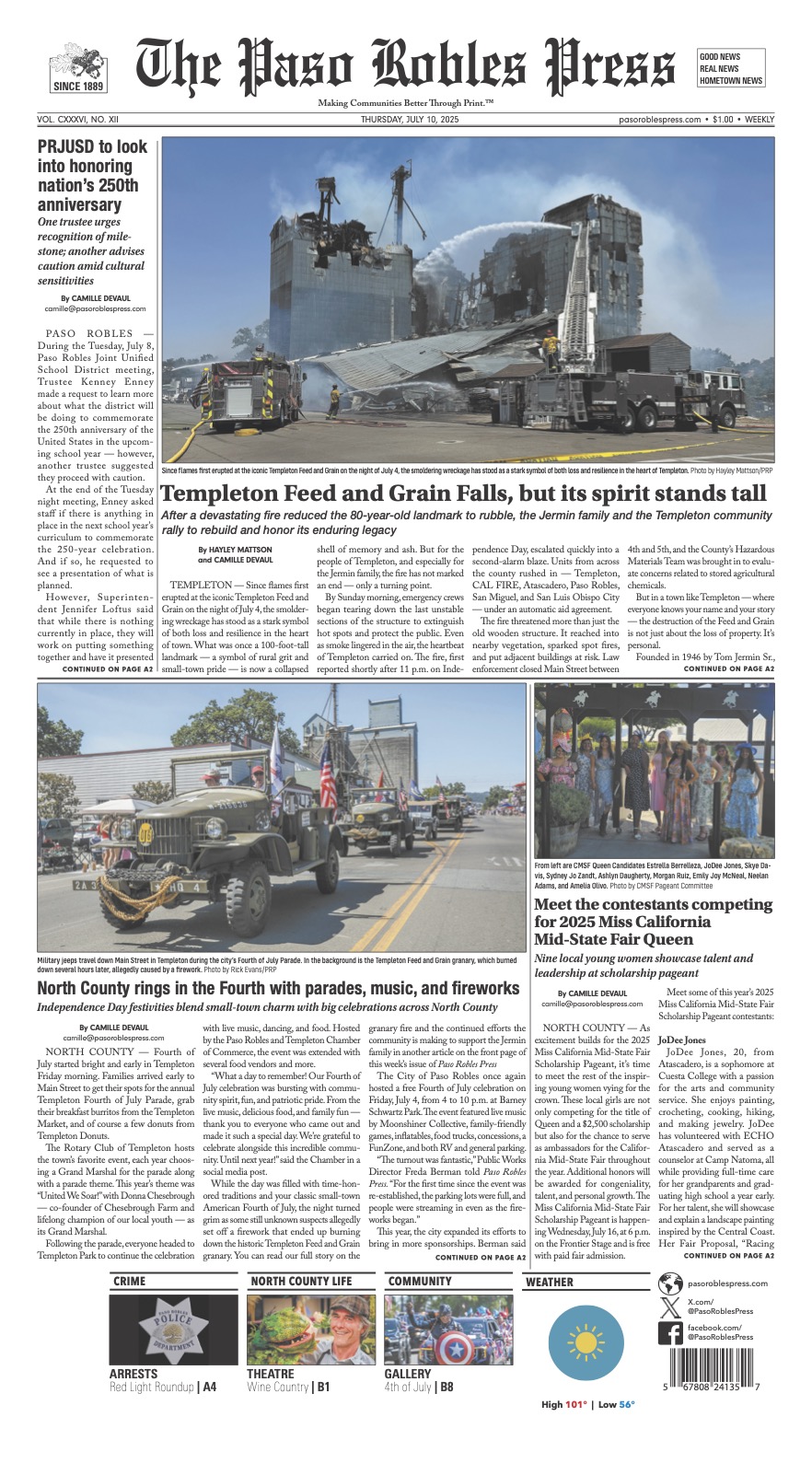How the Biden Administration’s plan could threaten farmland
One week after President Joe Biden took office, he signed an executive order known as the “30 by 30 Plan.”
By 2030, the United States Government plans to “protect at least 30 percent of the states’ land areas and waters; to help advance the protection of 30 percent of the nation’s oceans; and to support regional, national, and international efforts to protect at least 30 percent of the world’s land areas and waters and 30 percent of the world’s ocean” according to the assembly bill text.
In essence, the Country’s goal is to conserve 30 percent of its waters and land by 2030.
The Conserving and Restoring America the Beautiful preliminary report was released on May 6. According to the report it is, “only the starting point on the path to fulfilling the conservation vision that President Biden has outlined. Where this path leads over the next decade will be determined not by our agencies but by the idea and leadership of local communities. It is our job to listen, learn, and provide support along the way to help strengthen economies and pass on healthy lands, waters, and wildlife for generations to come.”
But a deeper look into how those lands and waters will be protected has spurred controversy amongst farmers and ranchers across the Nation.
Stephanie Nash, a singer/songwriter, dairy farmer, and agricultural activist, speaks loudly against legislative threats made against farmers and ranchers, especially the 30 by 30 plan.
Nash’s family operated a dairy farm in California for 85 years until 2010 when they decided to purchase property in Tennessee and move their dairy farm operations there.
Around 2008, Nash’s father began to see a shift in California. Increasing regulations set on farmers in the State showed him that life for farmers and ranchers in California would only worsen.
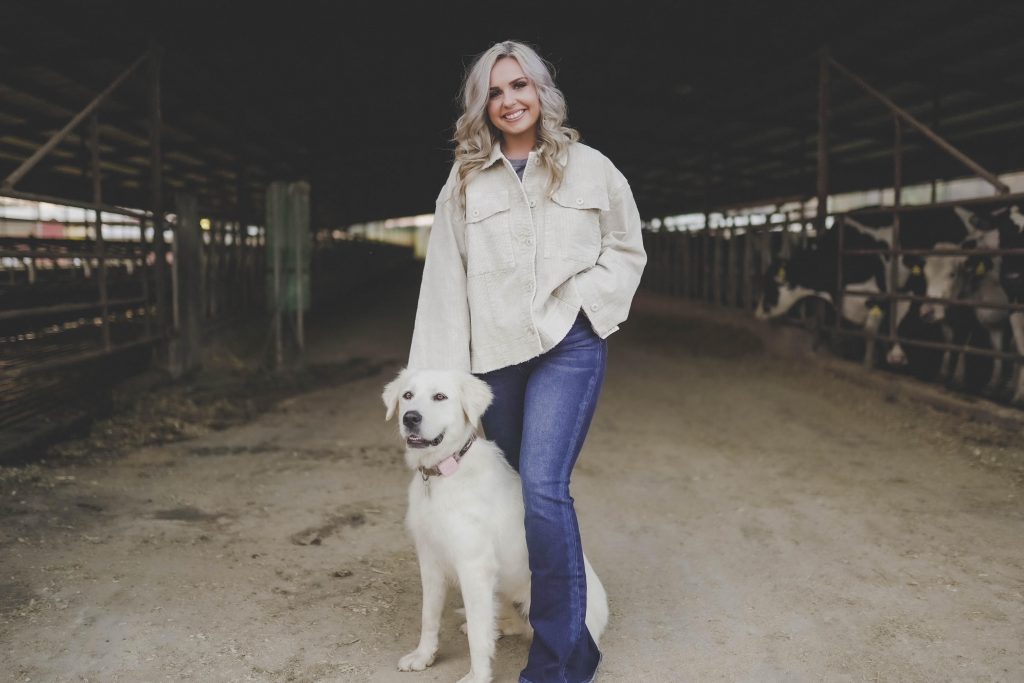
For eight years now, Nash’s family has been successfully milking dairy cows in Tennessee.
Nash says she learned her advocacy voice while participating in the dairy challenge at Fresno State. Dairy challenge is the evaluation of dairy farms to help other farmers financially, reproductively, and more.
“I wanted to learn what the struggles were throughout our country regulation and bill wise,” said Nash.
Now, Nash works at her family’s dairy running their calf-heifer program, and watches over 850 cattle. In addition, she gives tours and shows the community their operation, family aspect, and the importance of family farms.
“Farms are trying to survive, and they aren’t getting the support they need,” Nash says, referring to federal legislation and regulations in agriculture.
In 2020, Nash began a video series called “The Life of a Farmer,” in which she travels to different family farms and shares their story.
“It’s not even just about what we do on a daily basis, but it’s the importance of that farmer telling their story—they feature the farm, the family, and their operation. They feature what is going on in their state,” said Nash.
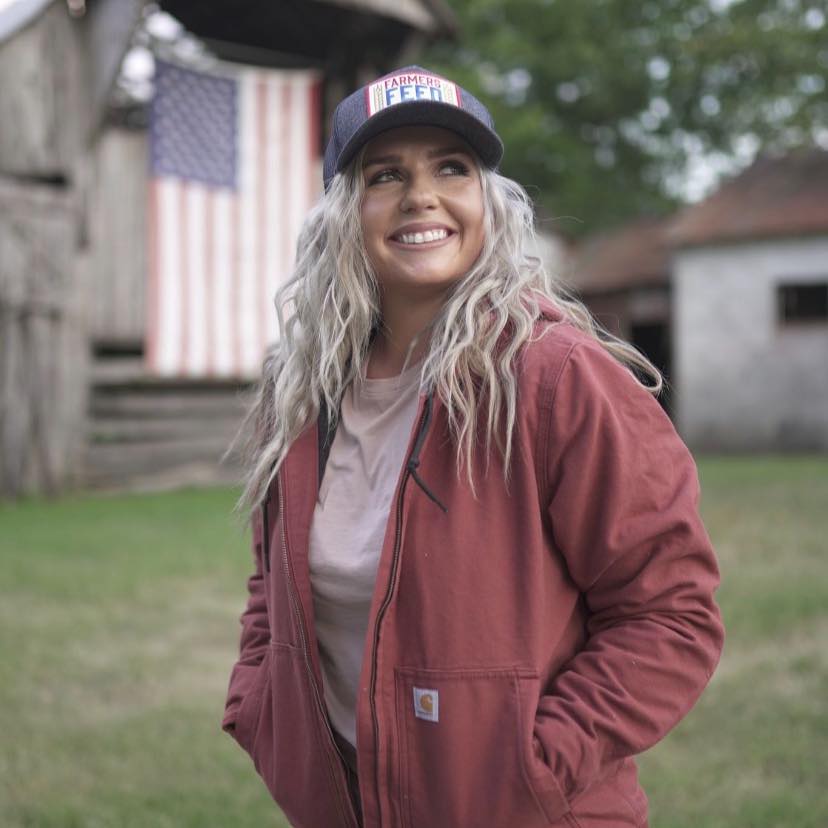
She also takes to TikTok, a social media app, where she voices her concerns for struggling farmers and educates people on how some legislative bills affect the agriculture industry.
In particular, Nash often refers to the 30 by 30 plan.
“The 30 by 30 bill is a threat in the biggest way because they are using climate change and people don’t understand—my experience has been they are going to regulate you, they are going to fine you if you don’t do exactly what they want from you and they are going to make it unaffordable for you to survive,” said Nash.
Shortage of labor workers and the cost of feed and other essentials are constantly working against farmers. At Nash’s dairy farm, they are struggling to find people willing to work.
While prices for food goes up in grocery stores, the farmer doesn’t see an increase on their end except for higher cost for feed, equipment, and supplies.
States are already moving forward with plans to comply with the 30 by 30 plan.
California was the first state to begin creating a plan to conserve 30 percent of its water and land.
However, Nebraska Governor Pete Ricketts describes the 30 by 30 plan as a “land grab” and is lobbying against the bill.
The Conserving and Restoring America the Beautiful report says, “Federal agencies can and should advance conservation by supporting programs that incentivize voluntary conservation efforts and provide new sources of income for American farmers, ranchers, and forest stewards.”
The section goes on to promote more use of the Conservation Reserve Program (CRP).
CRP is a USDA Farm Service Agency program where in exchange for payment, farmers agree to “remove environmentally sensitive land from agricultural production and plant species that will improve environmental health and quality.”
While the program sounds enticing—money in exchange for not farming—that also means less land in service for farming and growing food.
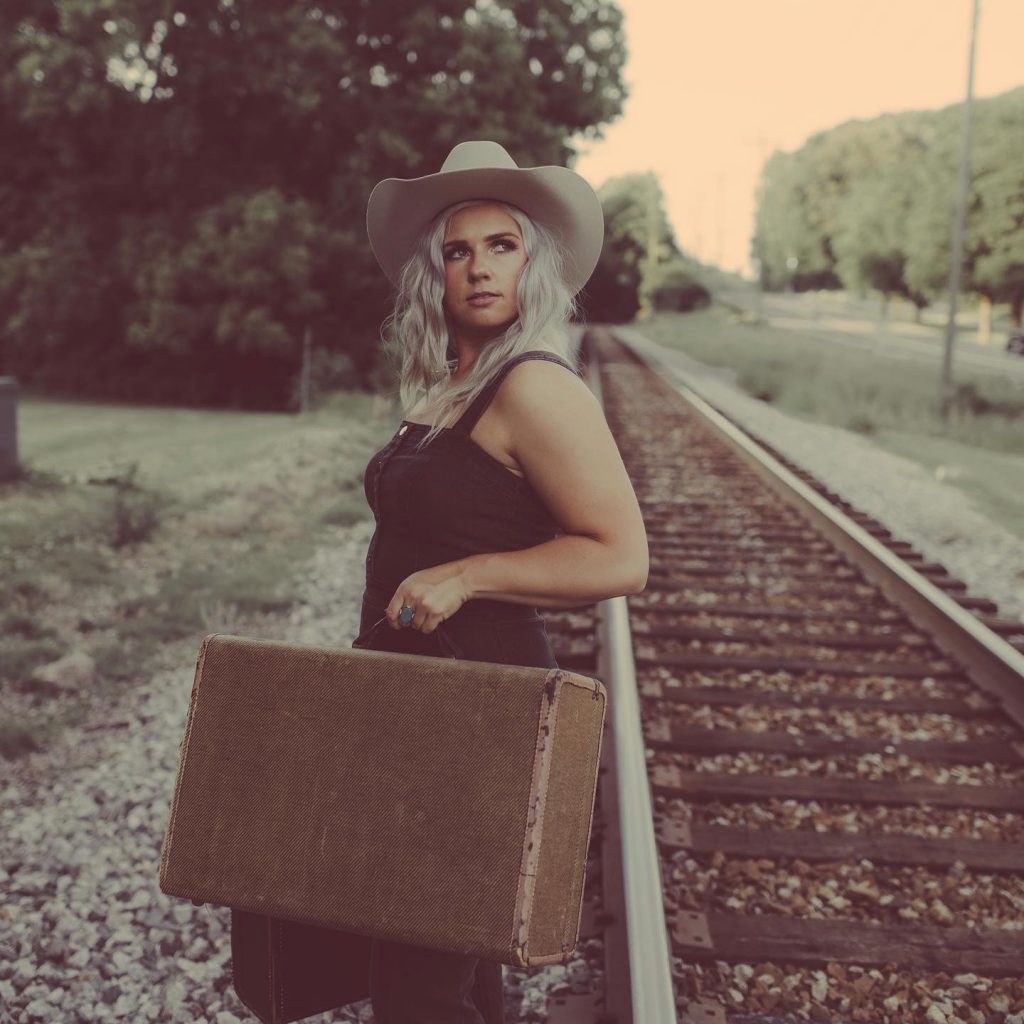
Governor Ricketts warns that because the President’s 30 by 30 plan is vague about obtaining land, private land rights could be threatened. He warns that at the county level, conservation easements could be put into effect.
He says, “Once you’ve entered into a permanent easement, you have forever surrendered control of your land to the land trust or federal government. Future generations will not have the flexibility to develop or manage the land differently.”
In California, the federal government owns 47 percent of the state’s land. But in Nebraska, 97 percent of their land is privately owned.
Ricketts says, “If 30 percent of land in Nebraska is set aside for conservation, it will shift the property tax burden onto fewer farmers, ranchers, homeowners, and business owners. Right now, the federal government pays about $2.50 per acre on average in lieu of taxes on land it holds with conservation easements. Even if a land trust holds the conservation easement, the land’s potential taxable value is still greatly reduced. This leaves fewer taxpayers to pay for schools, roads, bridges, and other services.”
Nash continues to push for people to support their local farmers.
She reminds people that during COVID, large corporations like Walmart and Costco were allowed to stay open while the small businesses were forced to shut down.
“It just makes you wonder what their actual end plan is with the 30/30 bill. The biggest plan is they are going to bankrupt family farms, and they are going to take over, and they are going to manage the price. And I tell you, if they get to that point, your food will be three or four times it is now. That’s a message for everybody to hear.”
In recent years, many women in agriculture have risen up to be the industry’s voice, pushing back against misconceptions against the industry.
“I just want to read about it [legislature] because I want my family farm to survive, and I want to tell people about where their food comes from and the importance of it.”
To learn more about Stephanie Nash, you can go to her website stephanienashmusic.com.
Read the Conserving and Restoring America the Beautiful preliminary report by visiting doi.gov/sites/doi.gov/files/report-conserving-and-restoring-america-the-beautiful-2021.pdf
Read about Nebraska Governor Pete Ricketts efforts to stop the 30 by 30 plan at governor.nebraska.gov/press/gov-ricketts-slams-“vague”-30-x-30-report-biden-harris-administration-agencies

